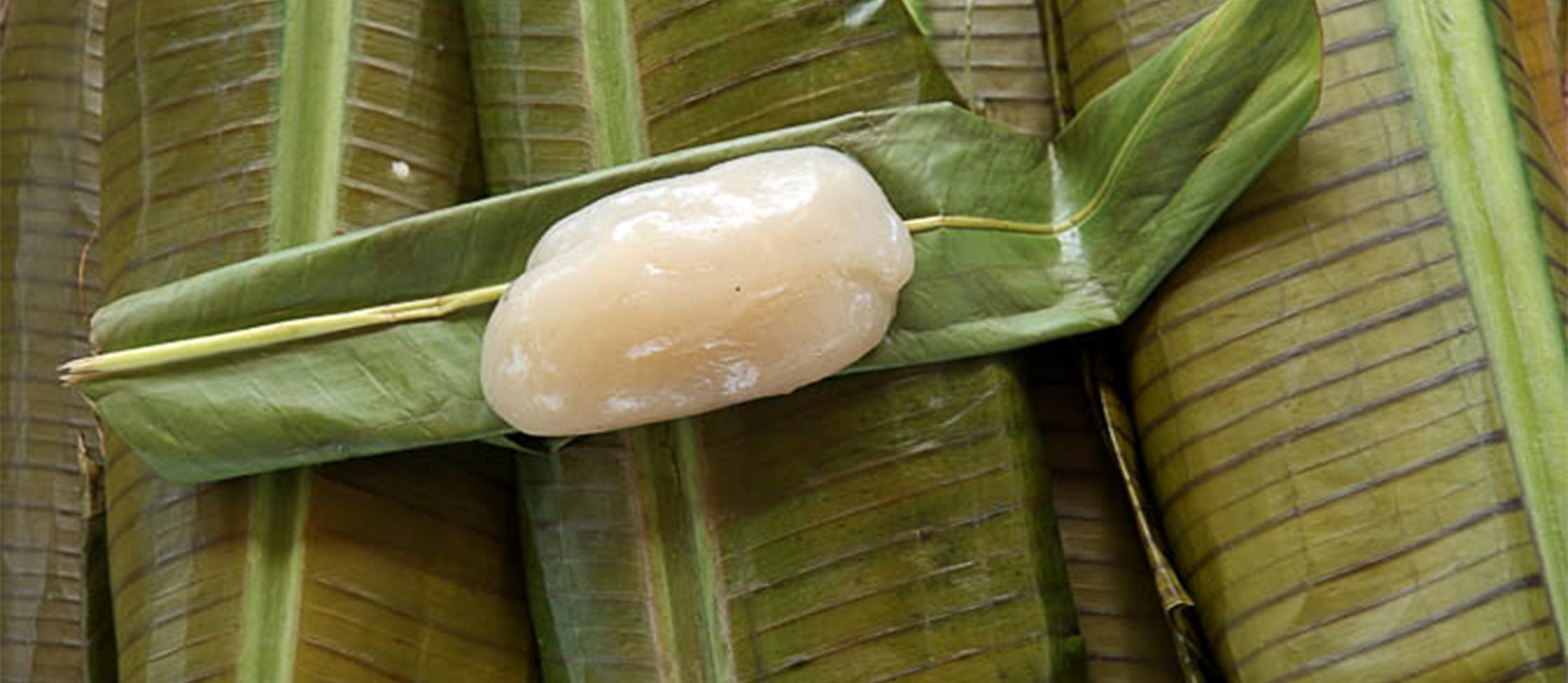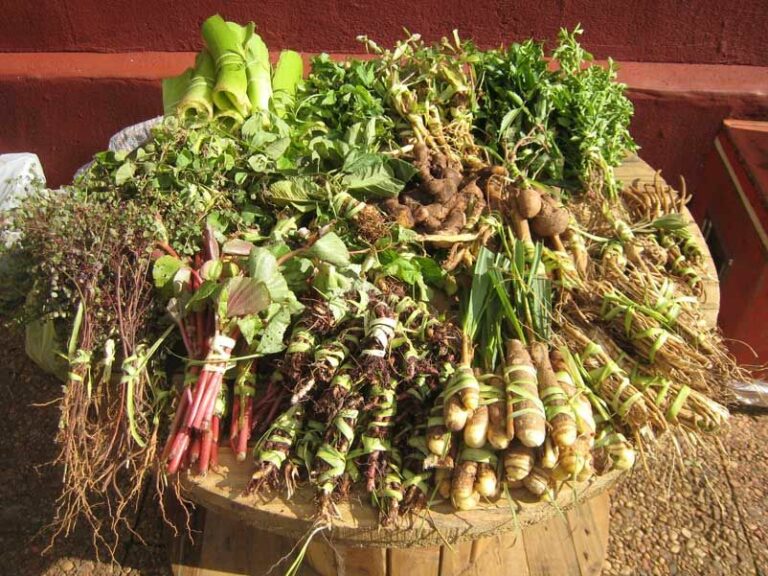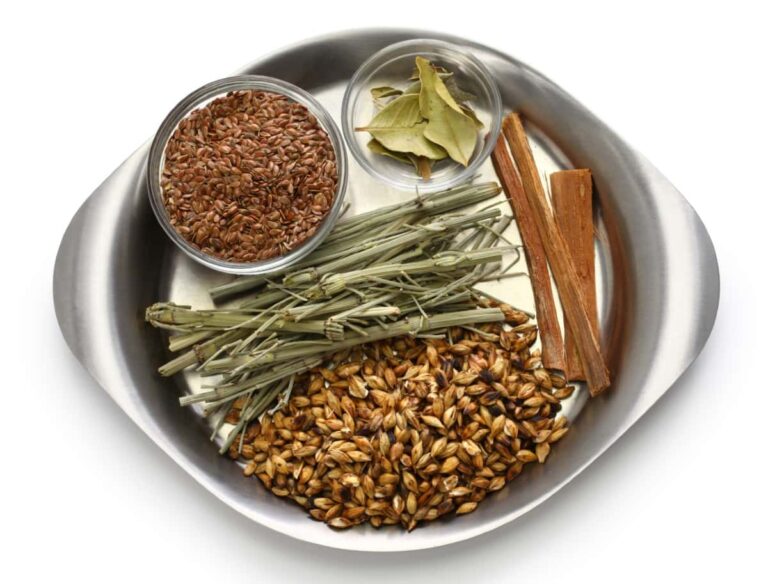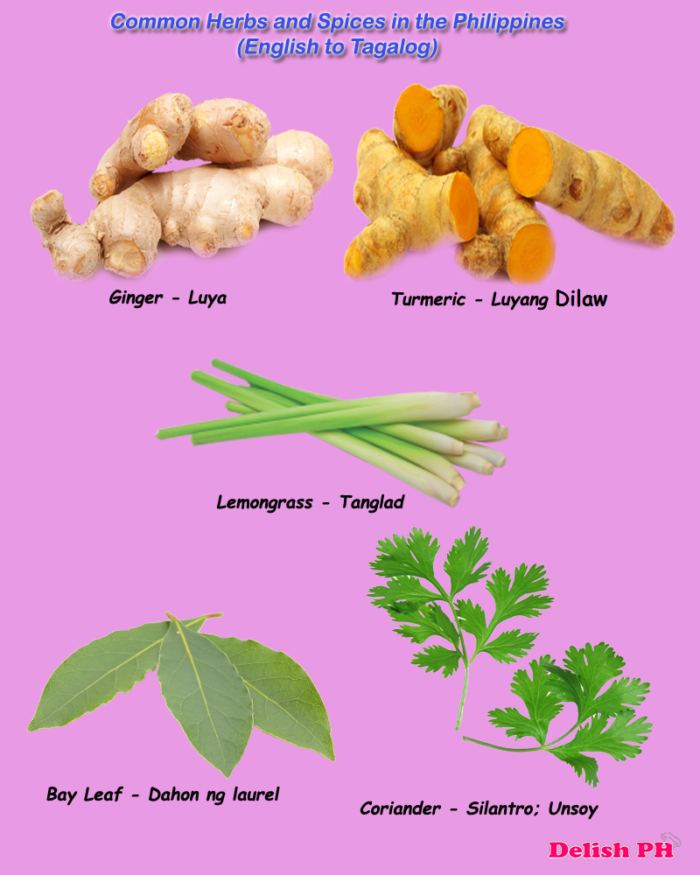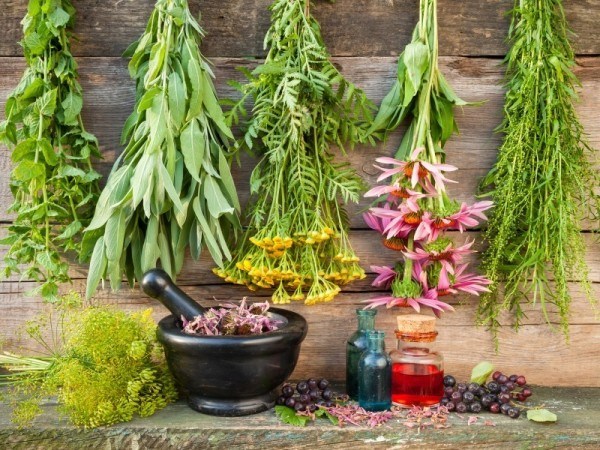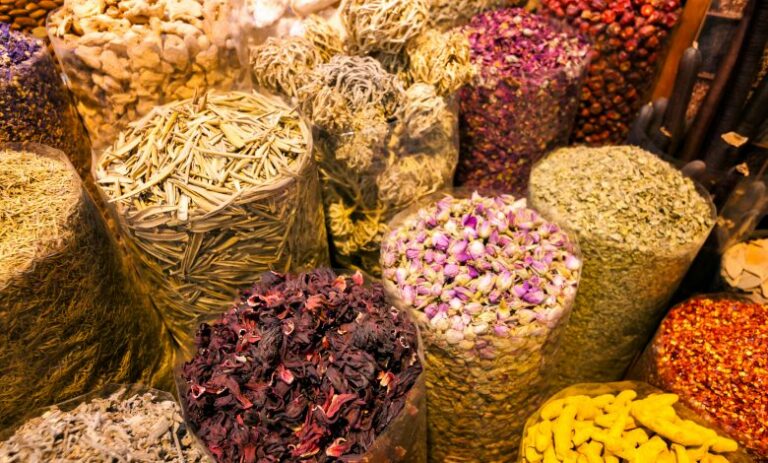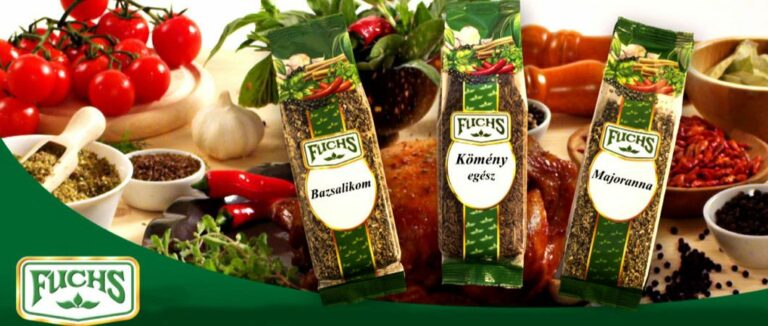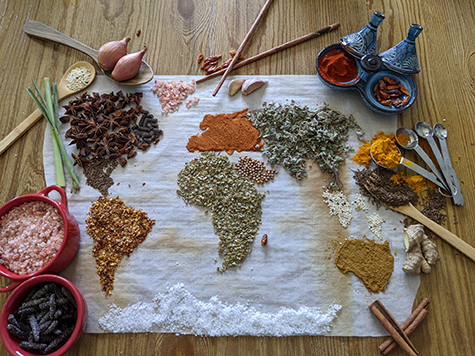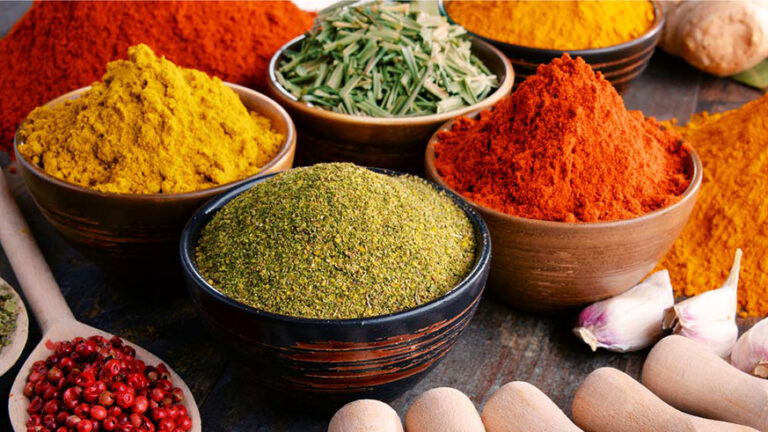Introduction: Papua New Guinean cuisine
Papua New Guinean cuisine is diverse and reflective of the country’s many cultural groups. The country has over 800 languages and more than 1,000 different traditional dishes, many of which have been influenced by neighboring countries such as Indonesia and Australia. The cuisine is characterized by the use of fresh ingredients like seafood, tropical fruits, and vegetables, as well as spices and herbs that give it a distinct flavor.
The importance of spices and herbs in Papua New Guinean cooking
Spices and herbs are an essential component of Papua New Guinean cooking, adding flavor, aroma, and color to dishes. The country’s tropical climate provides an abundance of fresh herbs and spices that are used in traditional dishes. Additionally, spices and herbs are believed to have medicinal properties and are used in traditional medicine to treat ailments.
Spice blends and seasonings commonly used in dishes
Papua New Guinean cuisine features a variety of spice blends and seasonings that are used to flavor dishes. Some of the most common spice blends include coconut milk, turmeric, ginger, and garlic. These blends are used in dishes such as curries, stews, and soups. Other popular seasonings include soy sauce, oyster sauce, and chili peppers.
Common herbs used in Papua New Guinean cooking
Herbs are commonly used in Papua New Guinean cooking to add flavor and aroma to dishes. Some of the most commonly used herbs include lemongrass, basil, coriander, and mint. These herbs are used in dishes such as salads, soups, and stews.
Popular spices used in Papua New Guinean cuisine
Papua New Guinean cuisine also features a range of popular spices that are used to flavor dishes. Some of the most commonly used spices include cumin, cardamom, cinnamon, and nutmeg. These spices are used in both sweet and savory dishes, adding depth and complexity to the flavors.
Unique Papua New Guinean spices and herbs to try
For those looking to experience the unique flavors of Papua New Guinean cuisine, there are several spices and herbs worth trying. One such spice is betel nut, which is commonly chewed in the country and is also used as a spice in some dishes. Other unique spices and herbs include pandanus leaves, which are used to flavor rice dishes, and kaffir lime leaves, which add a citrusy flavor to soups and stews.

